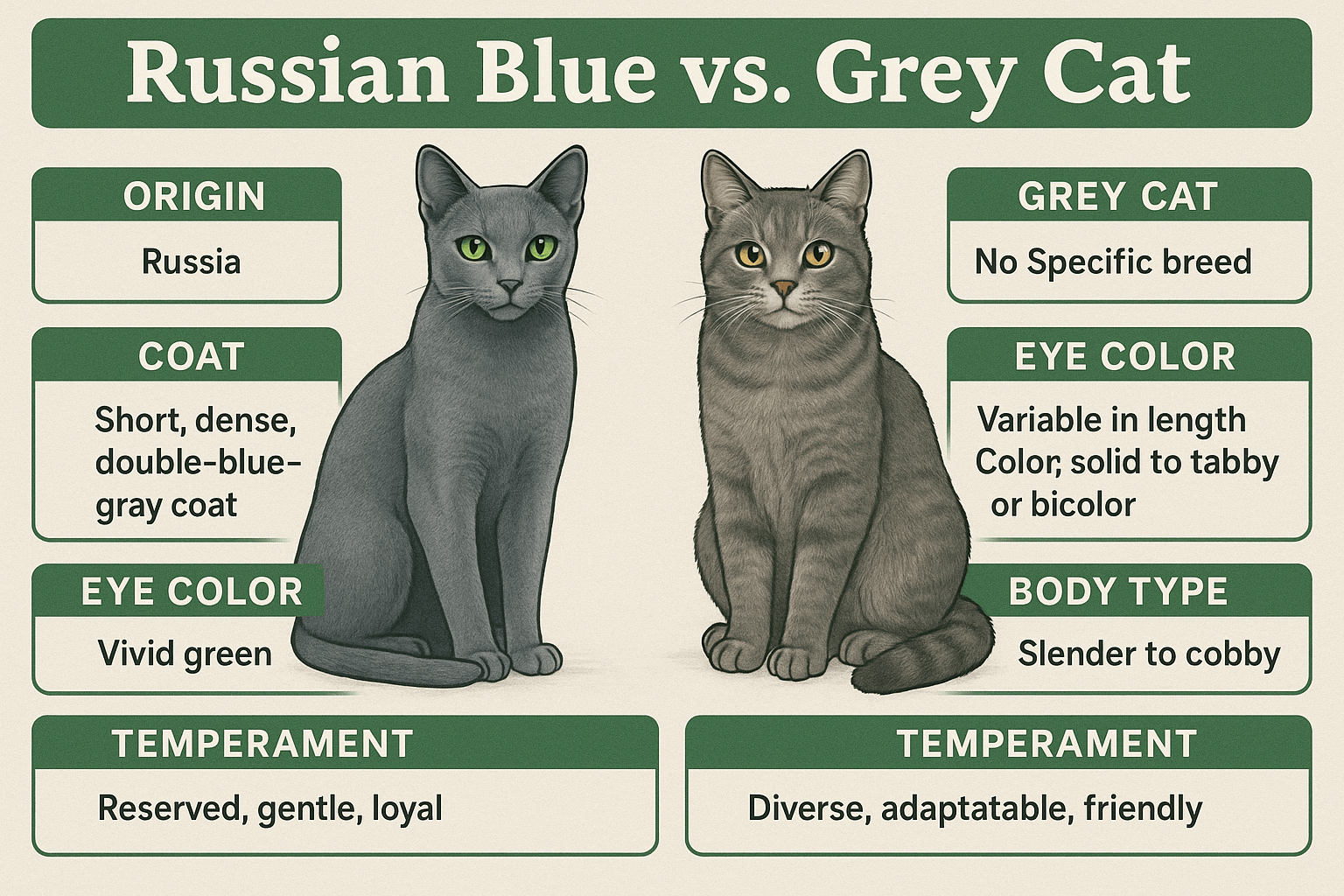Why Wont My Cat Sleep With Me?
Many cat owners cherish the idea of sharing their bed with their feline companions, enjoying the warmth and comfort they bring. However, not all cats are eager to snuggle up at night. If your cat seems reluctant to sleep with you, it’s natural to wonder why. Cats are unique creatures with individual preferences, habits, and instincts that influence their behavior. Understanding the reasons behind your cat’s choice can help strengthen your bond and create a more harmonious sleeping arrangement for both of you. In this blog post, we’ll explore common explanations, practical solutions, and expert tips to address this puzzling question.
Common Reasons Why Your Cat Prefers Sleeping Alone
Cats are creatures of habit, and their decision to avoid your bed may stem from a variety of factors. Here are some common reasons why your cat might choose to sleep elsewhere.
Temperature Preferences:
Cats often seek cooler or warmer spots depending on their comfort level. Your bed might feel too hot or cold for their liking.Overstimulation or Anxiety:
If your bedroom environment feels overwhelming—such as loud noises or bright lights—your cat may avoid it altogether.Territorial Behavior:
Cats are territorial animals, and they may prefer spaces they perceive as their own over shared areas like your bed.Health Issues:
Underlying medical conditions, such as arthritis or digestive discomfort, could make it difficult for your cat to settle in your bed.Past Experiences:
A cat with a history of trauma or neglect might associate beds with negative experiences, leading them to avoid yours.
Understanding these reasons can provide valuable insights into your cat’s behavior and help you address any underlying issues.
Signs Your Cat Wants to Sleep Elsewhere
Recognizing subtle cues can help you determine whether your cat genuinely prefers sleeping alone or if something else is influencing their behavior. Look out for these signs:
Frequent Relocation:
If your cat consistently moves from your bed to another spot, it’s a clear indication they’re seeking a different sleeping area.Hiding During Bedtime:
Cats that hide under furniture or in secluded corners at night may feel unsafe or uncomfortable in your presence.Avoiding Physical Contact:
A cat that shies away from cuddling or leaves the bed when touched likely values their personal space.Restlessness on the Bed:
Pacing, meowing, or shifting positions repeatedly suggests your cat isn’t finding comfort in your bed.Preference for Specific Spots:
Observing where your cat chooses to sleep—such as sunny windowsills or cozy closets—can reveal their ideal environment.
By paying attention to these behaviors, you can better understand your cat’s preferences and adjust accordingly.
Check this guide 👉Why Does My Cat Sleep on My Pillow? Best 7 Behavior Tips!
Check this guide 👉Why Does My Cat Sleep Between Me and My Husband? Best 7 Tips
Check this guide 👉Why Is My Cat Scratching the Window? Best 7 Expert Tips!

Ways to Encourage Your Cat to Sleep With You | Things to Avoid When Trying to Bond |
|---|---|
Create a warm, inviting space on your bed | Forcing your cat to stay against their will |
Use calming pheromone sprays or diffusers | Making sudden movements or loud noises |
Offer treats or toys near your bed | Ignoring signs of stress or discomfort |
Establish a consistent bedtime routine | Allowing pets or children to disturb them |
Provide soft bedding or blankets for comfort | Using scented products that irritate them |
How to Make Your Bed More Appealing to Your Cat
If you’d like your cat to join you in bed, there are several ways to make the experience more inviting for them. Try these tips to encourage bonding during bedtime.
Introduce Familiar Scents:
Place a blanket or item with your scent on the bed to make it feel safer and more familiar to your cat.Incorporate Their Favorite Blanket:
Adding a piece of fabric your cat already loves can make the transition easier and more appealing.Turn Down Bright Lights:
Dimming the lights or using a nightlight creates a calmer atmosphere that aligns with your cat’s natural rhythms.Offer Positive Reinforcement:
Reward your cat with treats or gentle praise when they spend time on your bed, reinforcing positive associations.Respect Their Boundaries:
Allow your cat to come and go freely, ensuring they feel in control of the situation.
With patience and consistency, these efforts can transform your bed into a welcoming space for your feline friend.
Addressing Behavioral Challenges That Keep Your Cat Away
Sometimes, behavioral challenges can prevent your cat from wanting to sleep with you. Identifying and addressing these issues is key to resolving the problem.
Jealousy Toward Other Pets:
If you have multiple pets, jealousy could drive your cat to avoid your bed. Ensure all pets receive equal attention.Fear of Loud Noises:
Sudden sounds, such as alarms or snoring, might scare your cat away. Minimize noise disruptions in your bedroom.Lack of Routine:
Cats thrive on predictability. An inconsistent schedule can confuse them and disrupt their sleeping patterns.Negative Associations:
If something unpleasant has happened on your bed (e.g., being startled), your cat may avoid it. Work to rebuild trust.Independence Streaks:
Some cats simply value their independence and prefer solitary sleeping arrangements. Respect their autonomy.
By tackling these challenges head-on, you can foster a stronger connection and potentially invite your cat back into your bed.
Tips for Creating a Cozy Sleeping Spot Outside Your Bed
If your cat prefers not to sleep with you, providing an alternative cozy spot can ensure they’re comfortable and content.
Choose a Quiet Location:
Select a peaceful area away from high-traffic zones to give your cat a sense of security.Add Soft Bedding:
Invest in a plush cat bed or cushion to create a luxurious sleeping surface.Position Near You:
Place the bed close to your own so your cat still feels connected to you while maintaining distance.Keep It Warm:
Use heated pads or blankets (designed for pets) to mimic the warmth of your body.Incorporate Familiar Items:
Include toys or fabrics your cat loves to enhance feelings of familiarity and safety.
A dedicated sleeping area can help your cat feel secure and cherished even if they don’t join you in bed.
How to Strengthen Your Bond Beyond Bedtime
Building a strong relationship with your cat goes beyond sharing a sleeping space. These activities can deepen your connection and foster trust.
Engage in Playtime:
Interactive play sessions stimulate your cat mentally and physically, strengthening your bond.Offer Regular Grooming:
Brushing your cat’s fur provides comfort and reinforces your role as their caregiver.Spend Quality Time Together:
Simply sitting together or talking softly can create a sense of companionship.Provide Treats and Rewards:
Offering occasional treats builds positive associations with your presence.Respect Their Space:
Giving your cat freedom to retreat when needed shows you respect their boundaries, earning their trust.
These gestures demonstrate care and affection, nurturing a loving relationship regardless of sleeping arrangements.
When to Consult a Veterinarian About Sleeping Changes
While occasional shifts in sleeping habits are normal, significant changes could indicate underlying health concerns. Watch for these red flags:
Excessive Lethargy:
If your cat sleeps significantly more than usual, it could signal illness or fatigue.Unexplained Restlessness:
Constant movement or inability to settle down may point to pain or anxiety.Loss of Appetite:
A sudden lack of interest in food alongside altered sleep patterns requires immediate attention.Increased Vocalization:
Persistent meowing or crying at night might indicate distress or discomfort.Changes in Bathroom Habits:
Irregularities in litter box use combined with sleep disturbances warrant a vet visit.
Consulting a professional ensures your cat’s well-being and addresses any potential issues promptly.
Frequently Asked Questions About Cats Sleeping Habits
Is it normal for cats to sleep alone?
Yes, many cats prefer solitude due to their independent nature. It’s perfectly normal unless accompanied by other concerning behaviors.
Should I be worried if my cat doesn’t sleep with me?
Not necessarily. As long as your cat appears healthy and happy, their choice is likely based on personal preference.
Can I train my cat to sleep with me?
Yes, with patience and positive reinforcement, you can encourage your cat to share your bed—but don’t force them.
What if my cat sleeps near me but not on my bed?
This indicates your cat enjoys your company but prefers their own space. It’s a compromise worth respecting.
Do older cats change their sleeping habits?
Yes, senior cats may develop new preferences due to age-related changes like joint pain or decreased mobility.
Embracing Your Cat’s Unique Sleeping Preferences
While it’s natural to want your cat to sleep with you, it’s important to remember that every feline has its own personality and preferences. Whether your cat chooses to curl up beside you or finds solace in a quiet corner, their decision reflects their unique needs and instincts. By observing their behavior, respecting their boundaries, and making thoughtful adjustments, you can nurture a deeper bond without compromising their comfort. Ultimately, the most rewarding relationships are built on mutual understanding and unconditional love—whether or not they include sharing a bed.
What Causes Cat Constipation? Best 7 Expert Tips! Discover common causes, symptoms, and solutions for cat constipation to keep your feline healthy and comfortable.
Cat Paw Injury: Best 7 Expert Tips! Discover essential advice on identifying, treating, and preventing cat paw injuries to keep your feline friend healthy and happy.
Retinal Detachment in Cats: Best 7 Expert Tips! Learn to identify symptoms, understand causes, and explore treatment options to protect your cat’s vision effectively.
Russian Blue vs Grey Cat: Best 7 Expert Tips! Discover key differences, unique traits, and expert advice to help you choose between a Russian Blue and a generic grey cat for your perfect feline companion.





